Exoplanets: Places Where We Are Not Expected
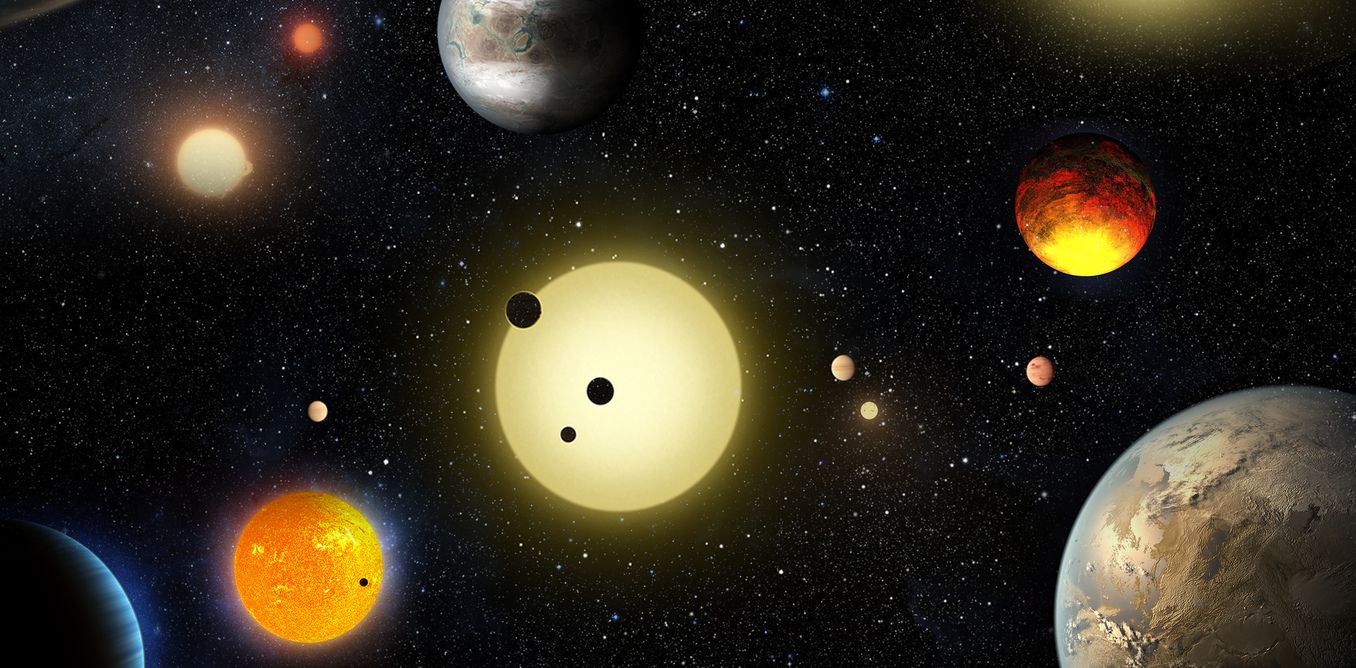
There are more stars In the Universe, than grains of sand on all the beaches of the Earth. Trillions of planets rotate around billions of suns. We have already found more than 3,500 exoplanets, most of which are barren bare rocks, or the gas giants. Among them there are unique worlds, albeit unsuitable for life, but incredibly amazing.
55 Cancri e - Octillion carat of diamonds
Removed at 40 light years from us, and located near the star, which contains huge amounts of carbon. This planet is so close to its star that it spends only 18 hours on full turn. The orbit and the rotation cycle coincide in such a way that the same side of the planet is always turned towards the light.
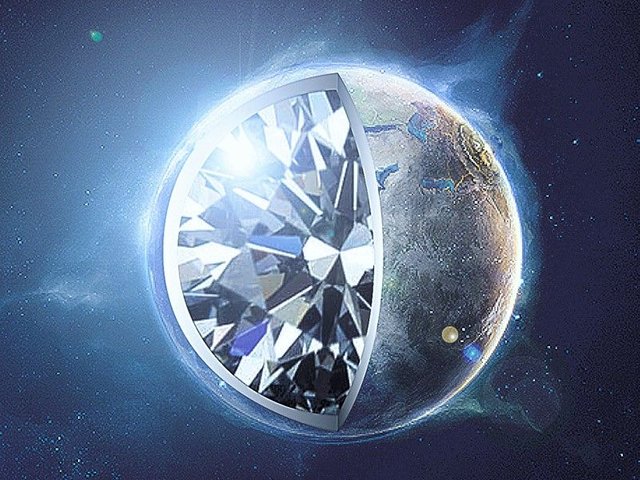
55 Cancri e is 8 times heavier than Earth, and presumably consists of pure carbon. Due to the high temperature on the surface of 2700 ° C and high pressure, this planet is a giant diamond, sizes two times bigger than Earth. Literally- diamonds in the sky.
WASP-12b- Rugby planet
WASP-12b is a gas giant very similar to Jupiter. Year lasts about 24 hours. In fact, this planet is dead, it is in the process of destruction. The local sun has grown so much that began to devour the objects in the system.
.jpg)
Distance from WASP-12b to the star is equal to only 0.03 astronomical units, therefore, the gravity of the sun draws in matter from the planet. Because of the huge gravitational force of the sun, the planet already has not a round shape, and more looks like a Rugby ball. The average surface temperature is 1500 °C. Unfortunately, our Earth will not die so beautifully...
HD 189773b - Glass hurricane
This is one of the first planets, which the scientists were able to "see" directly. Its blue color, calm and steady atmosphere, making it very similar to the Earth, but this impression is deceptive.
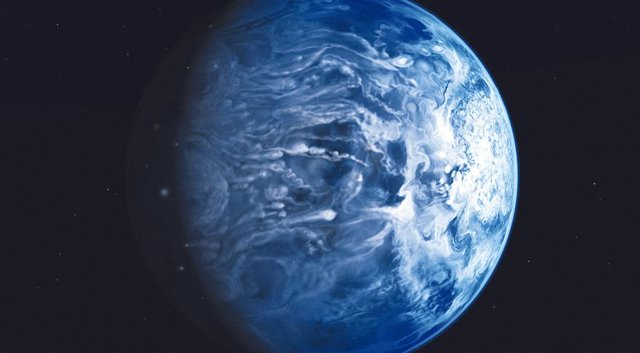
It is a gas giant, in an atmosphere of which contains a huge amount of silicon (the reason for the blue color). The average temperature at 1000 °C and immense pressure transform silicon in the liquid glass, which falls to the surface in the form of precipitation. If you think you can survive such rain, then add the wind that carries the glass across the surface at a speed of 6500 km/h.
TrES-4 - Floating giant
It is located at a distance of 1400 light years from us, in the constellation of Hercules. This exoplanet makes one revolution around the mother star in 3.5 days. Its dimensions are enormous, it is almost 2 times larger than Jupiter, is the largest of all detected exoplanets!
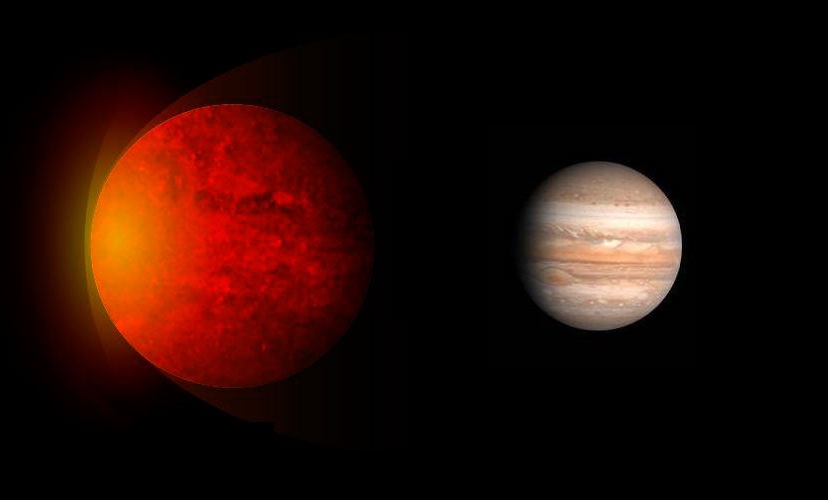
The problem of TrES-4 is its low density. In fact, the average density of the planet is comparable with the density of bottle cork. If you put it in water, it will float on the surface (first find an ocean of these sizes).
Because of the low mass and high heating, the planet is unable to maintain own atmosphere by its gravity. TrES-4 is constantly expanding, and the atmosphere that flies into space looks like the tail of a comet.
TrES-2b - Absolute Evil
Do you remember the image of the "absolute evil" from the movie "The Fifth Element"? It was a huge black ball (the planet), which absorbs everything that gets into it. Apparently, we've found it...
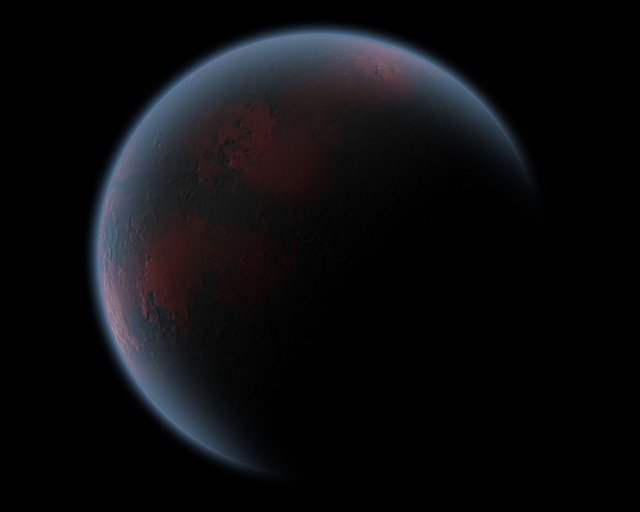
The dark planet TrES-2b practically does not reflect light. In direct visual contact you will see a coal-black ball of gas. This world is like hell, the temperature is about 1000 °C, and superheated gas dimly and darkly glows red.
TrES-2b reflects no more than 1% of the light, this is the darkest planet that we know. Perhaps it consists mainly of sodium and/or potassium, which absorb light.
***
Virtually all of the found exoplanets are unfit for humans (TRAPPIST inspires hope). But the discovery and study of any of the planets cannot be considered useless. Each of them tells its story, through which we can know the past and the future of our system. All together they tell the story of the Universe.

sources: 55 Cancri e, WASP-12b, HD 189733b, TrES-4, TrES-2b, The most dangerous exoplanets, Parade of the planets, Amazing space, Exoplanets: Worlds Beyond Our Solar System, Exoplanet, images from Google Search.

I think he saw all these planets ;)
Very well said man...upvoted and followed you...can't wait to see more
I love posts about the universe. I'm happy earthlings haven't found the one i'm from yet.
:D
We are looking for... -_-
Very interesting and informative. This is all new to me
I don't think anyone expected us here on Earth as well! :D
upped :)
Thank you my friend! :)
you're welcome :)
what about the coolest of the brown dwarves? Ever wonder how hot their atmosphere is?
Oh, they are just amazing. But they can not be considered exoplanets.
If I'm not mistaken the maximum temperature of a brown dwarf can reach 2700 °C
oh hell no..they're NOT exoplanets..they're suns.
and I wan't considering the MAX...what is the Minimium?
I'm not much into Sell See Us...but isn't 0 degree Sell See Us...the freezing point of water (at one atmosphere?)
so...a star that's below freezing..
who'd a thunk
suppose...just suppose..that a planet (small planet...earth size) orbited the star...INSIDE of it's corona..
where's it's a little bit warmer.